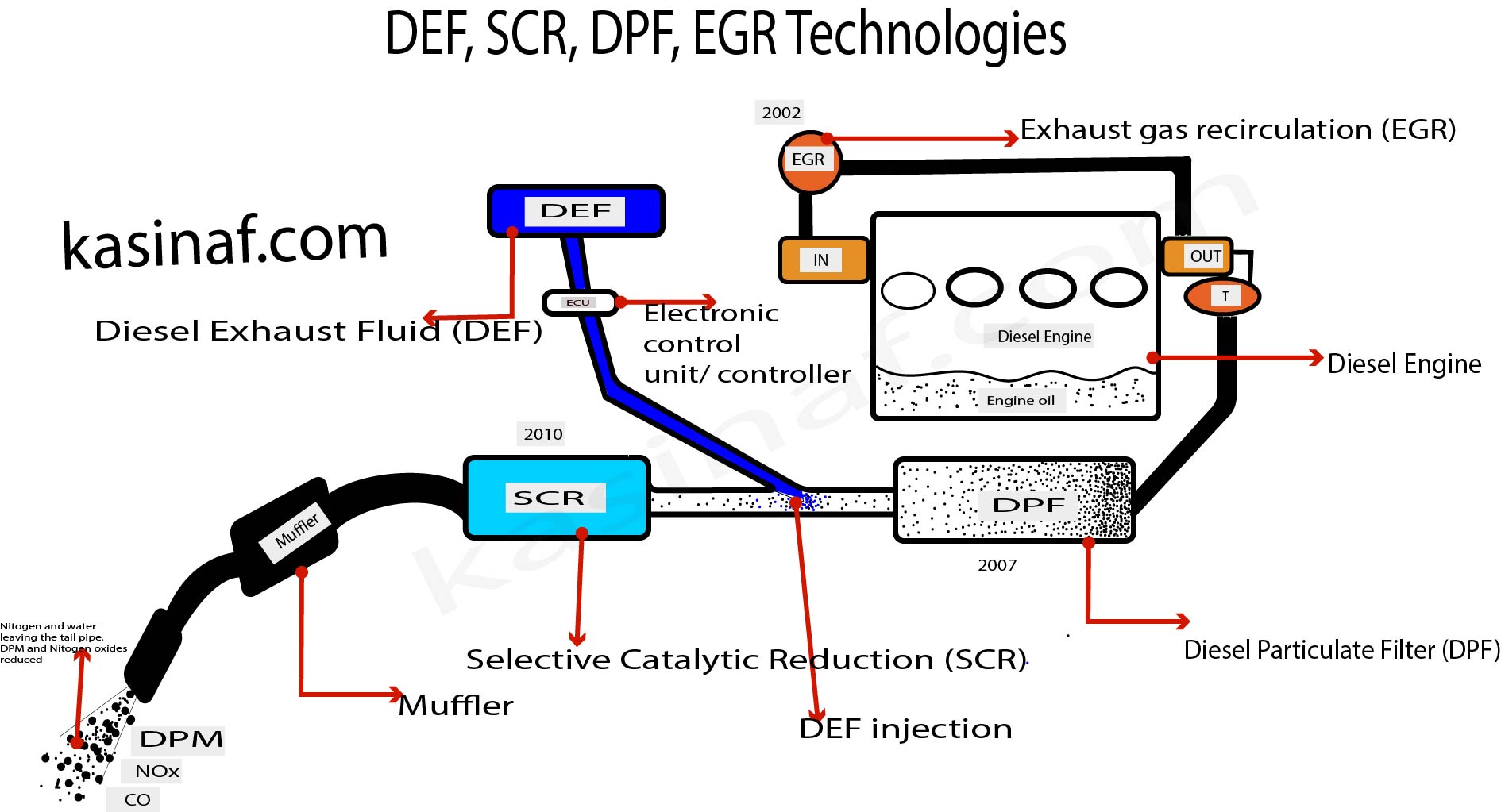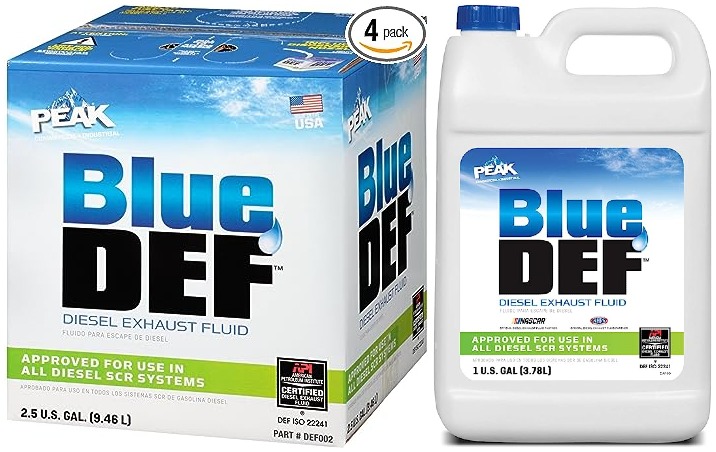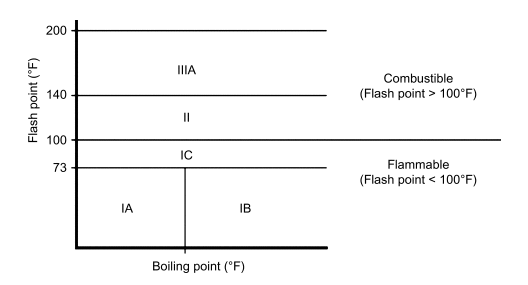LP stands for liquid propane. in this article we are going to discuss natural gas vs LPG, LP, Propane.
In the world of home heating and powering household appliances, two commonly confused fuels often take center stage: natural gas and propane. While they share a role in heating, cooking, and fueling various devices, these two fuels are far from interchangeable. They differ in significant ways, spanning from energy efficiency to storage methods and even their environmental impact.
lets first explain these abbreviations which confuse most people
Propane: Propane is a hydrocarbon gas that belongs to the alkane family, and its chemical formula is C3H8. It is a colorless and odorless gas at standard temperature and pressure but is commonly stored and transported as a compressed gas or a liquid. Propane is a clean-burning fuel and is commonly used for heating, cooking, and powering various appliances and vehicles.
Liquid Propane (LP): Liquid Propane, often abbreviated as LP, is propane in its liquid state. Propane turns into a liquid when it is compressed and cooled. LP is stored and transported in specialized containers under pressure to keep it in its liquid form, making it more space-efficient and easier to handle. When released from its container, LP propane vaporizes back into a gas for use in various applications.
Liquid Petroleum Gas (LPG): Liquid Petroleum Gas, or LPG, is a broader term that encompasses a mix of hydrocarbon gases, including propane, butane, and other related gases. It is typically stored and transported in its liquid form, like LP propane, for ease of handling and transportation. LPG is commonly used for heating, cooking, and as a fuel for vehicles and machinery. Propane is a significant component of LPG, and the terms are often used interchangeably, but LPG can contain other gases as well.
Propane and natural gas enjoy widespread usage across the country, leaving homeowners with a crucial decision to make when it comes to selecting the ideal fuel source. It’s a choice that can impact your home’s efficiency, environmental footprint, and, ultimately, your overall satisfaction. To navigate this decision successfully, it’s essential to understand the distinctions between propane and natural gas. In this article, we embark on a journey to compare propane vs. natural gas, offering insights to help you make an informed choice for your home.

Propane (LP) vs natural gas in sourcing and production
The sourcing and production of propane and natural gas differ significantly. Natural gas, a fossil fuel, is extracted from underground reserves through drilling, both onshore and offshore. This involves identifying suitable locations, drilling wells, and separating the gas from any accompanying liquids.
In contrast, propane is a byproduct of two main processes: natural gas processing and crude oil refining. It’s separated during the processing of natural gas or extracted during the refining of crude oil.
Both fuels must undergo processing and treatment to meet quality standards.
Propane (LP) vs natural gas in Storage, Transportation & Delivery
Natural gas and propane differ significantly in terms of storage, transportation, and delivery, offering distinct advantages depending on location and infrastructure.
Natural Gas: Natural gas is distributed through an extensive network of interstate pipelines. To access it, residential and commercial properties need a stationary connection to the gas line. This centralized distribution can be limiting for those in areas without pipeline access. Homes and businesses must be located near a main gas line to benefit from this energy source.
Propane: Propane, in contrast, is stored as a compressed liquid in tanks or cylinders. This liquefied form makes it highly portable. Propane can be transported easily, making it a convenient solution for areas without access to main gas lines, often found in rural or remote locations. Propane tanks can be installed above or underground, providing a local power supply. Delivery is typically arranged, ensuring a continuous and reliable propane source for various applications, from heating homes to powering vehicles and appliances.
In summary, while natural gas relies on fixed pipelines, propane’s portability and ease of storage make it a versatile choice, particularly for areas where access to centralized natural gas infrastructure is limited.
propane vs natural gas in cost and efficiency
When comparing the cost and efficiency of propane and natural gas, several crucial factors come into play. Understanding these variables is essential for making informed decisions about which fuel best suits your needs.
Cost Comparison: At first glance, natural gas appears to be the more economical choice, with an average price of $3.90 per 1,000 cubic feet, as of July 2023, compared to propane’s average price of approximately $2.67 per gallon in October 2023. However, it’s important to consider several factors:
- Units of Measurement: Propane and natural gas are measured differently, with propane in gallons and natural gas in cubic feet or cubic meters. This distinction can complicate direct cost comparisons.
- Energy Content: Propane boasts a significantly higher energy content per unit volume than natural gas, producing twice as much heat. This makes propane more efficient for heating and cooking.
- Conversion to BTUs: To make a fair cost comparison, both fuels can be converted to British Thermal Units (BTUs). One million BTUs are approximately equivalent to 1,000 cubic feet of natural gas. For propane, the conversion involves multiplying the cost by roughly 11 gallons. This conversion reveals that natural gas costs around $3.90 per million BTUs, while propane costs approximately $29.37 for the same amount.
Efficiency: Propane’s higher energy content per unit volume translates to greater efficiency for heating, cooking, and powering appliances. It generates more heat, making it a desirable option for applications where heat output is critical.
It’s important to note that the cost of both fuels can fluctuate due to various factors, including global conflicts. When making a decision between propane and natural gas, consider not only the upfront cost but also the efficiency and specific application requirements. Propane, in particular, proves versatile for various purposes, including industrial applications, construction, restaurants, and even as a cleaner and safer option for the environment. The choice ultimately depends on your specific needs, location, and the trade-offs between cost and efficiency.
Propane vs. Natural Gas: Environmental Impact and Emissions
Propane and natural gas are both energy sources, but when it comes to their environmental impact and emissions, they have distinct characteristics. Propane is often considered a greener alternative due to its efficiency, low emissions, and non-toxic properties. Although natural gas releases less carbon dioxide when burned, it’s essential to examine the broader environmental context.

Propane boasts eco-friendly attributes that set it apart. It emits approximately 94% less carbon dioxide than diesel-powered alternatives. This significantly reduces its contribution to greenhouse gas emissions, making it a cleaner energy source. Recognized as a clean, green fuel by the EPA and Clean Air Act, propane has a smaller carbon footprint compared to other fossil fuels.
One critical advantage of propane is its low methane emissions. While natural gas produces more methane when burned, methane is a potent greenhouse gas with adverse effects on the climate. Propane’s negligible methane emissions contribute to its overall environmental friendliness.
Propane is renowned for being safe and non-toxic. It doesn’t contaminate air, soil, or water, even in the event of a spill. Propane vaporizes quickly and poses minimal harm to the environment, making it a safer choice for handling and storage.

The list of propane’s environmental benefits is extensive:
- It dissipates quickly, reducing its impact on the environment.
- Propane doesn’t pollute the air significantly.
- Due to lower carbon dioxide emissions, it doesn’t contribute as much to acid rain.
- Propane is safer to transport than other fuels.
- Propane spills and leaks are less environmentally damaging than those of other fuels.
Why in some industries, propane’s reduced environmental impact is preferred:
- Factories and Warehouses: Propane forklifts produce emissions that are 19% lower than gasoline-powered forklifts.
- Landscaping: Propane mowers are a cleaner and more eco-friendly choice.
- Agriculture: Propane is ideal for irrigation engines and equipment, emitting fewer particulate pollutants compared to diesel.
- Transportation: Autogas vehicles running on propane emit fewer greenhouse gases than gasoline vehicles. Their demand is on the rise, particularly for buses, taxis, and police vehicles. Propane’s high octane rating can enhance performance and reduce maintenance.
In households, using propane for appliances and grilling significantly reduces carbon emissions compared to alternatives like charcoal. Propane is a versatile, environmentally responsible choice for both residential and commercial applications.
In summary, propane’s low emissions, minimal methane production, safety, and versatility make it an environmentally friendly and sustainable energy source when compared to natural gas and other fossil fuels. It plays a crucial role in reducing greenhouse gas emissions and mitigating climate change.












